Workplace injury management articles
Explore our collection of insights and discussions where our thought leaders and experts shed light on effective workplace injury management and how to maintain a thriving, health-and-safety-focused work environment.

Safety First. Practical Workplace Injury Prevention Strategies
Apr 26, 2024
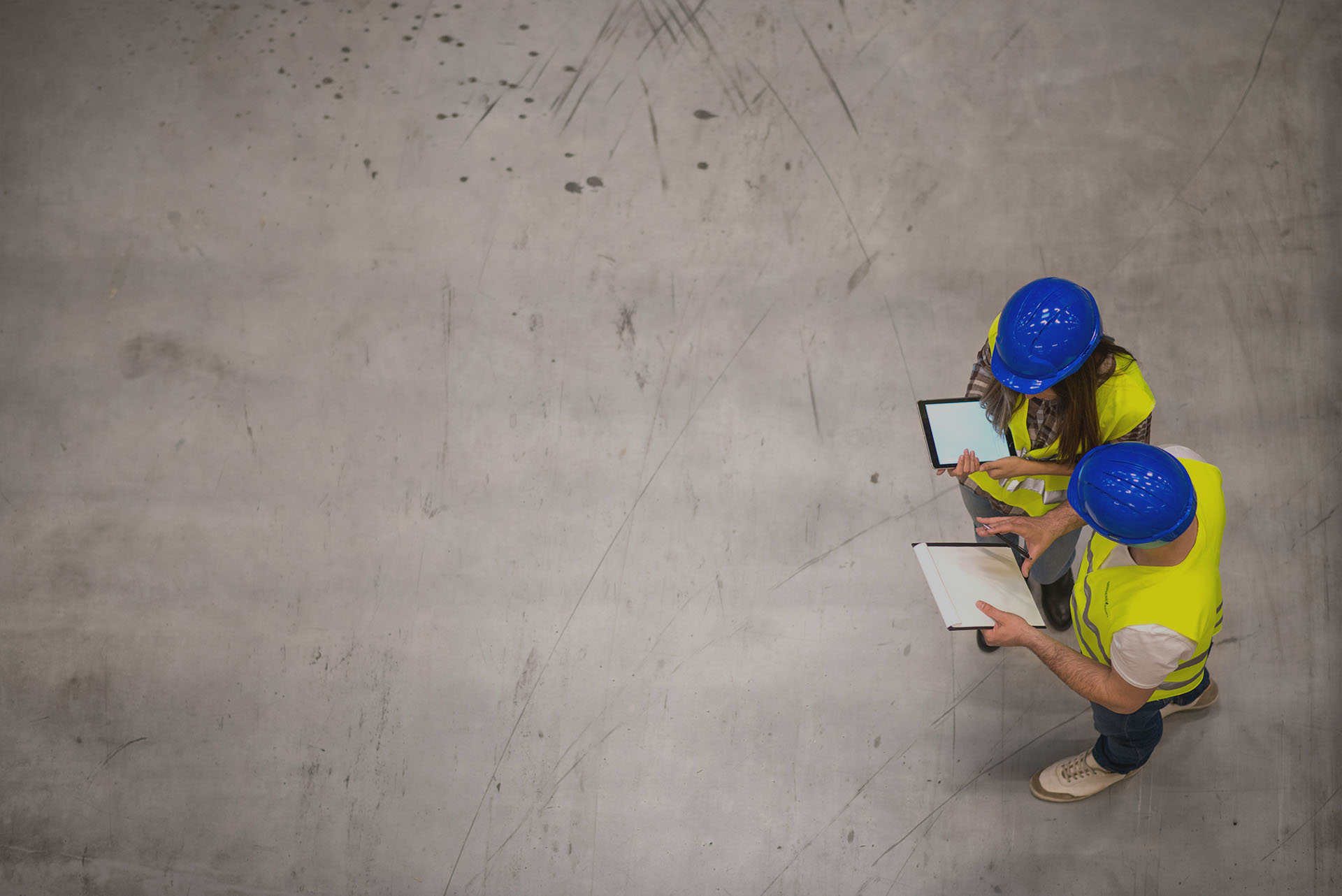
Return to Work Programs: Key Benefits & Strategies
Apr 19, 2024
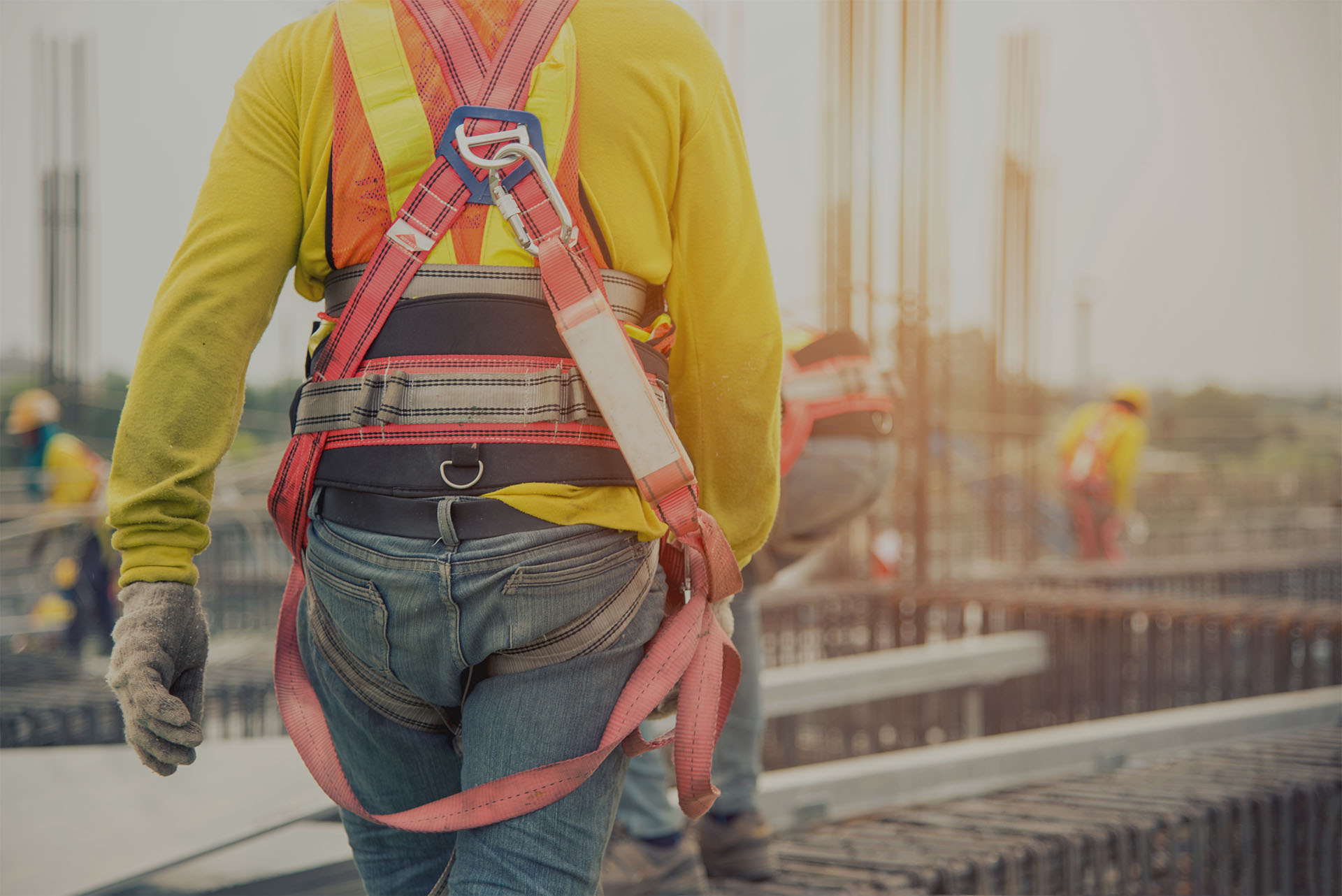
Effective Practices for Enhancing Construction Site Safety
Apr 12, 2024
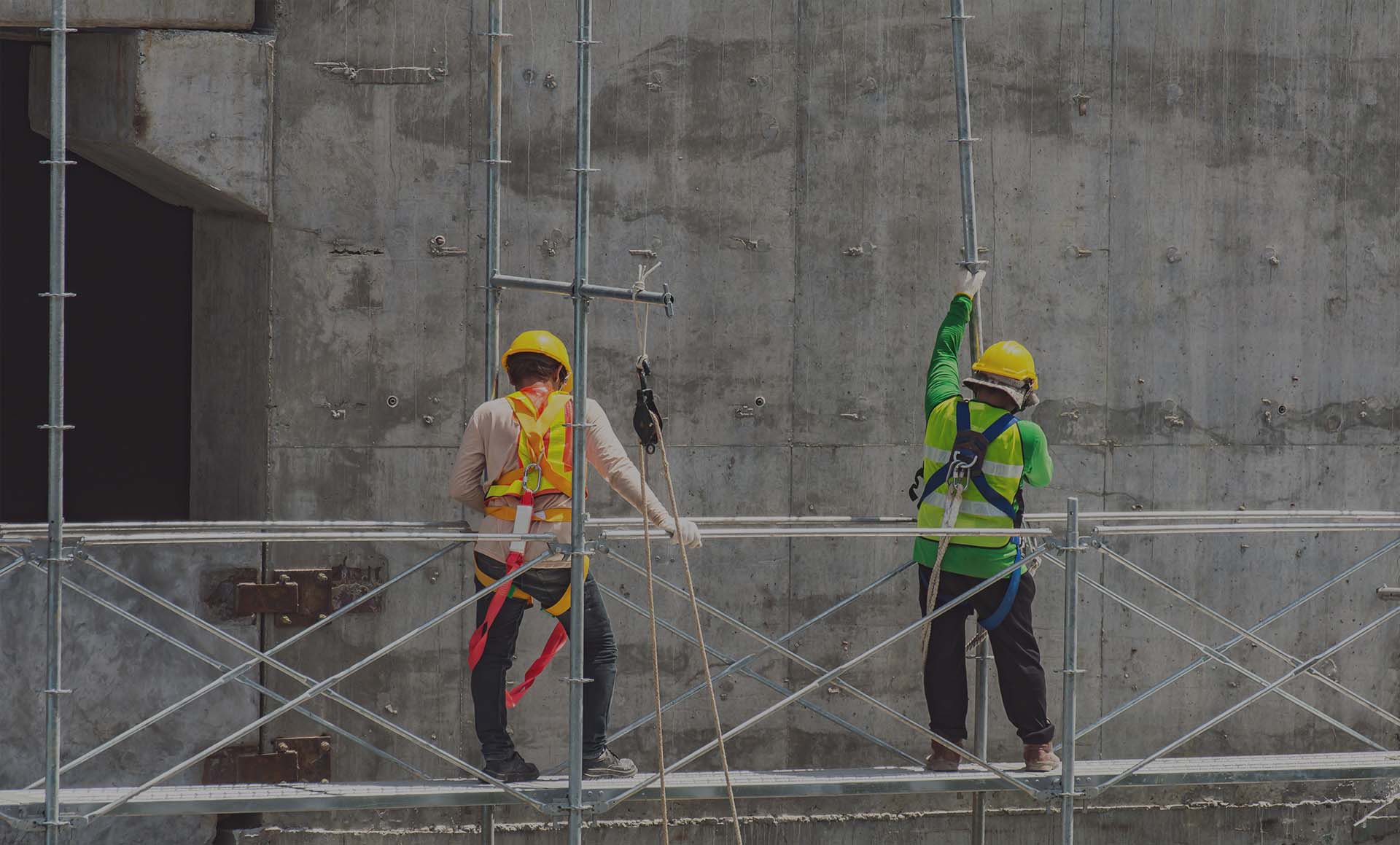
HR Strategies for Effective Workplace Injury Care
Apr 5, 2024
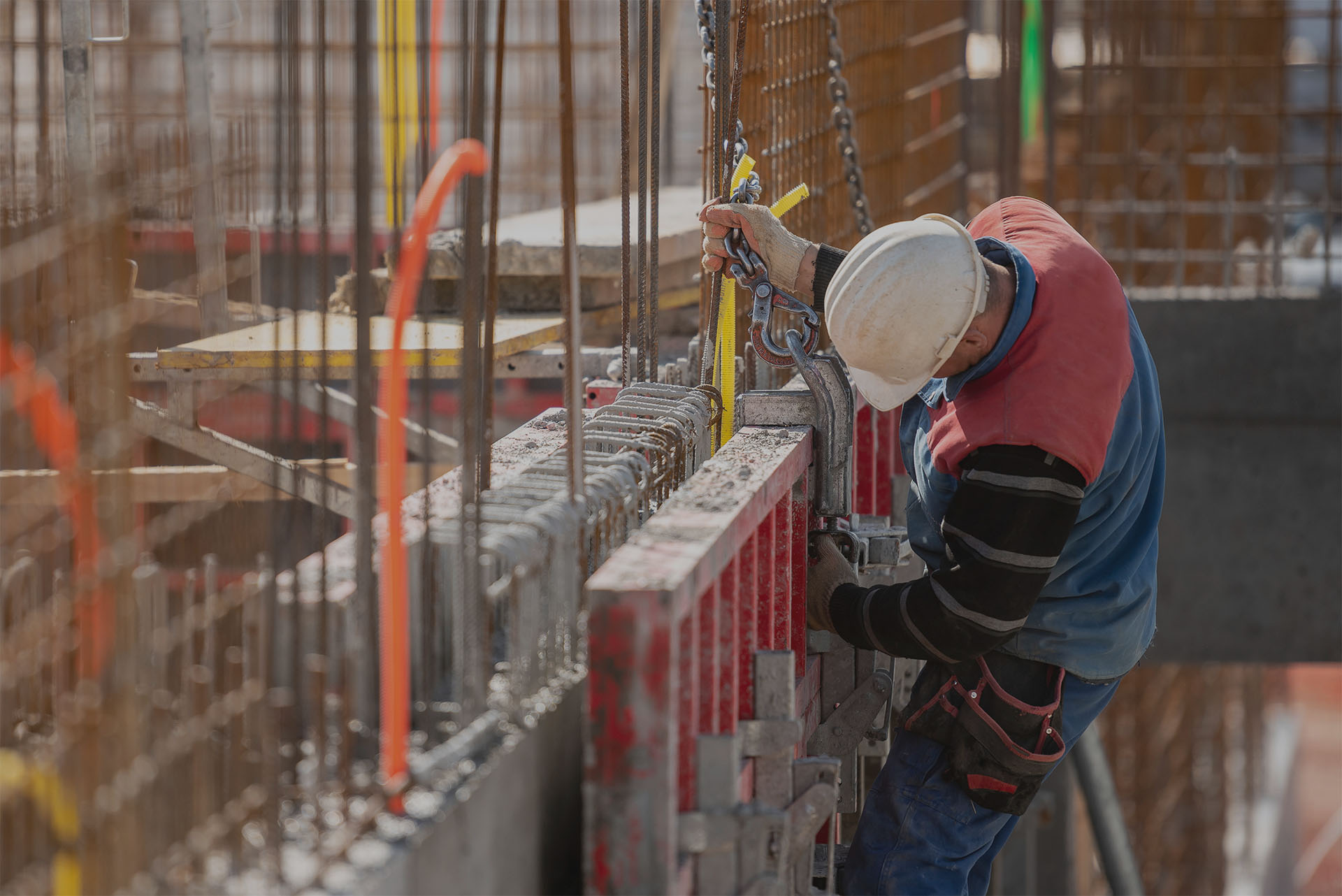
Managing the Challenges of Re-Injury After Returning to Work
Mar 29, 2024
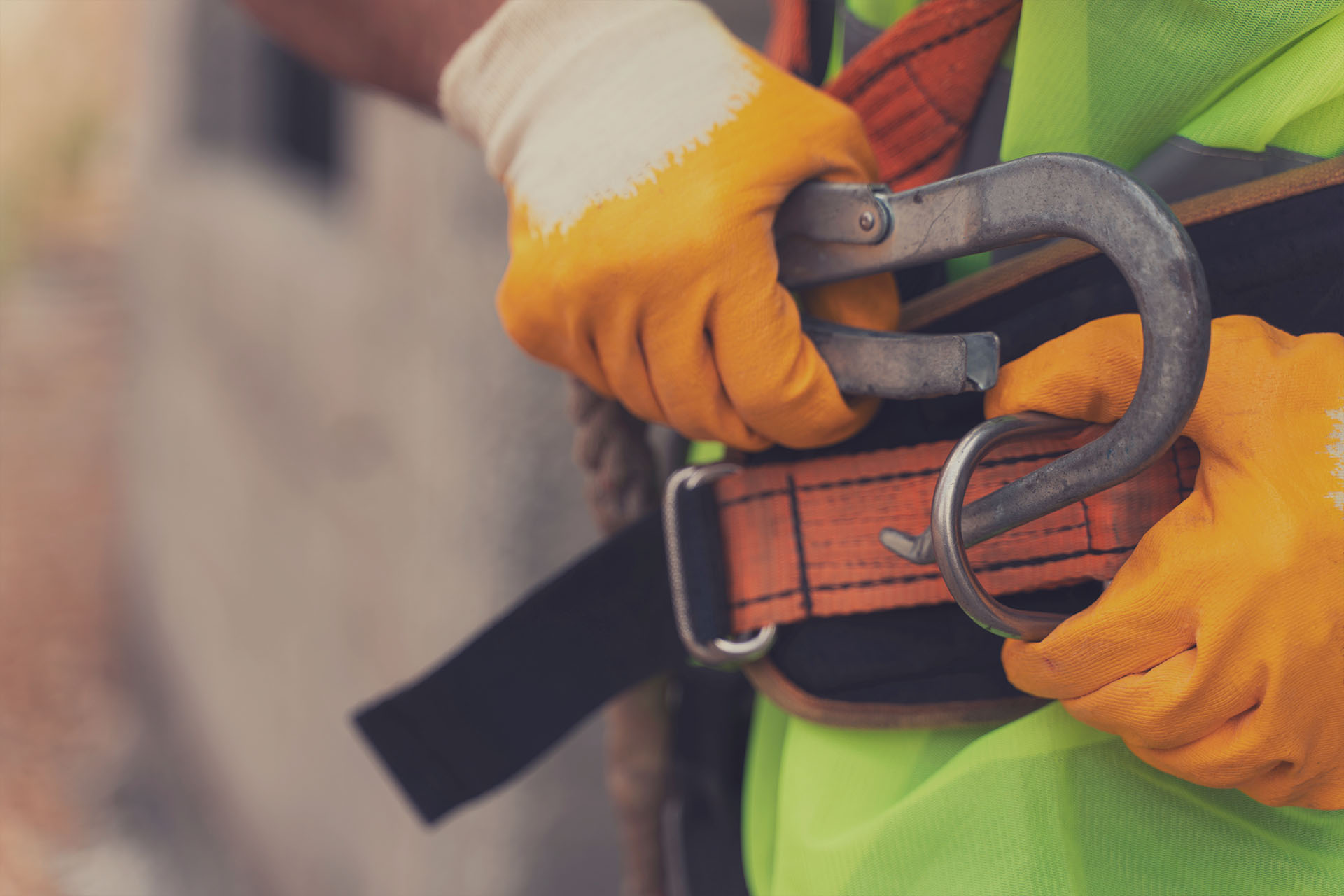
How to Create and Streamline Your Workplace Injury Response Procedure
Mar 22, 2024

Workplace Injury Management: The Challenges, Benefits, and Steps
Mar 15, 2024
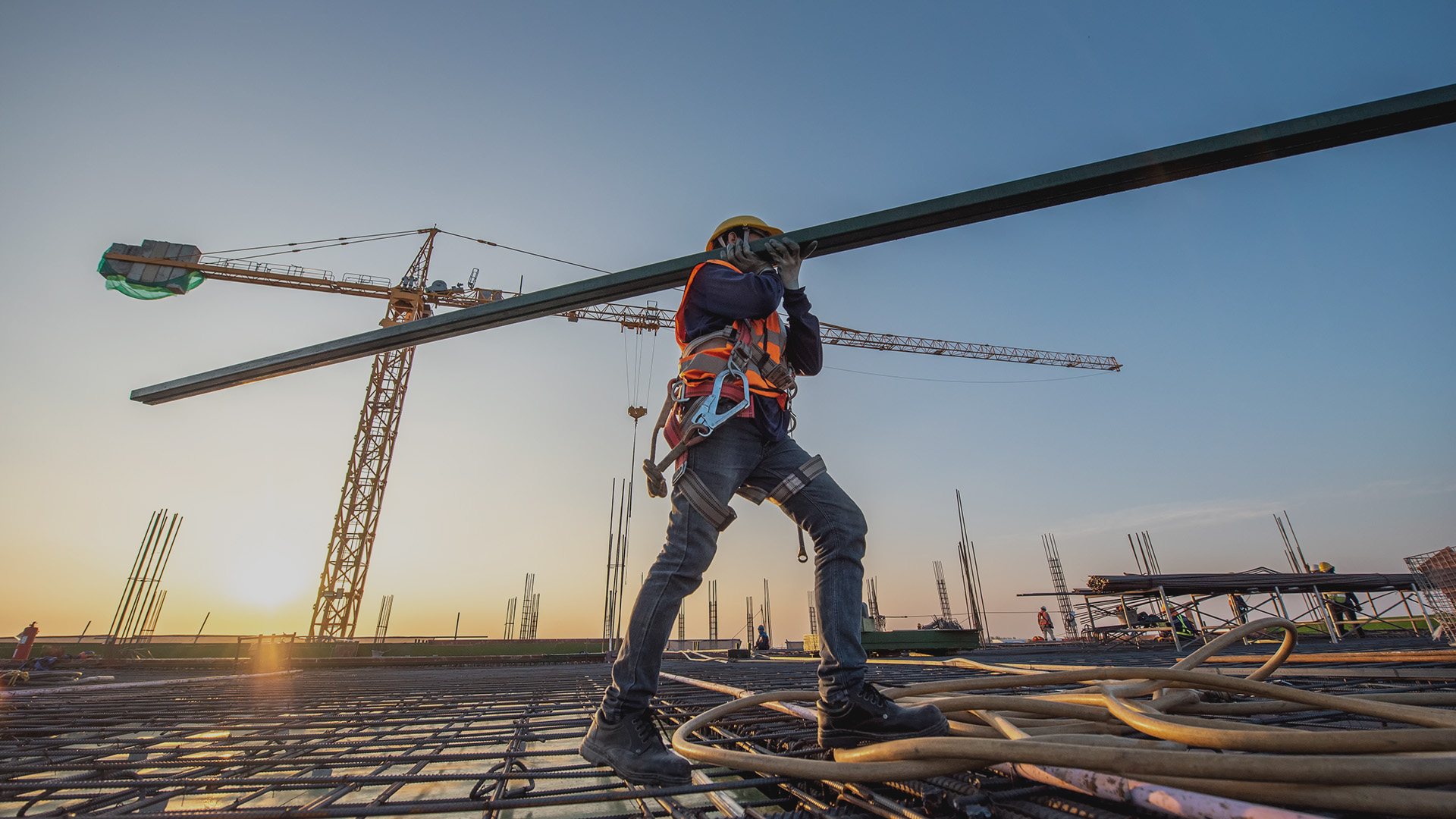
The Impact of Comorbid Conditions on Workers’ Injuries
Mar 8, 2024

Understanding and Managing Workers’ Compensation Challenges
Feb 23, 2024


